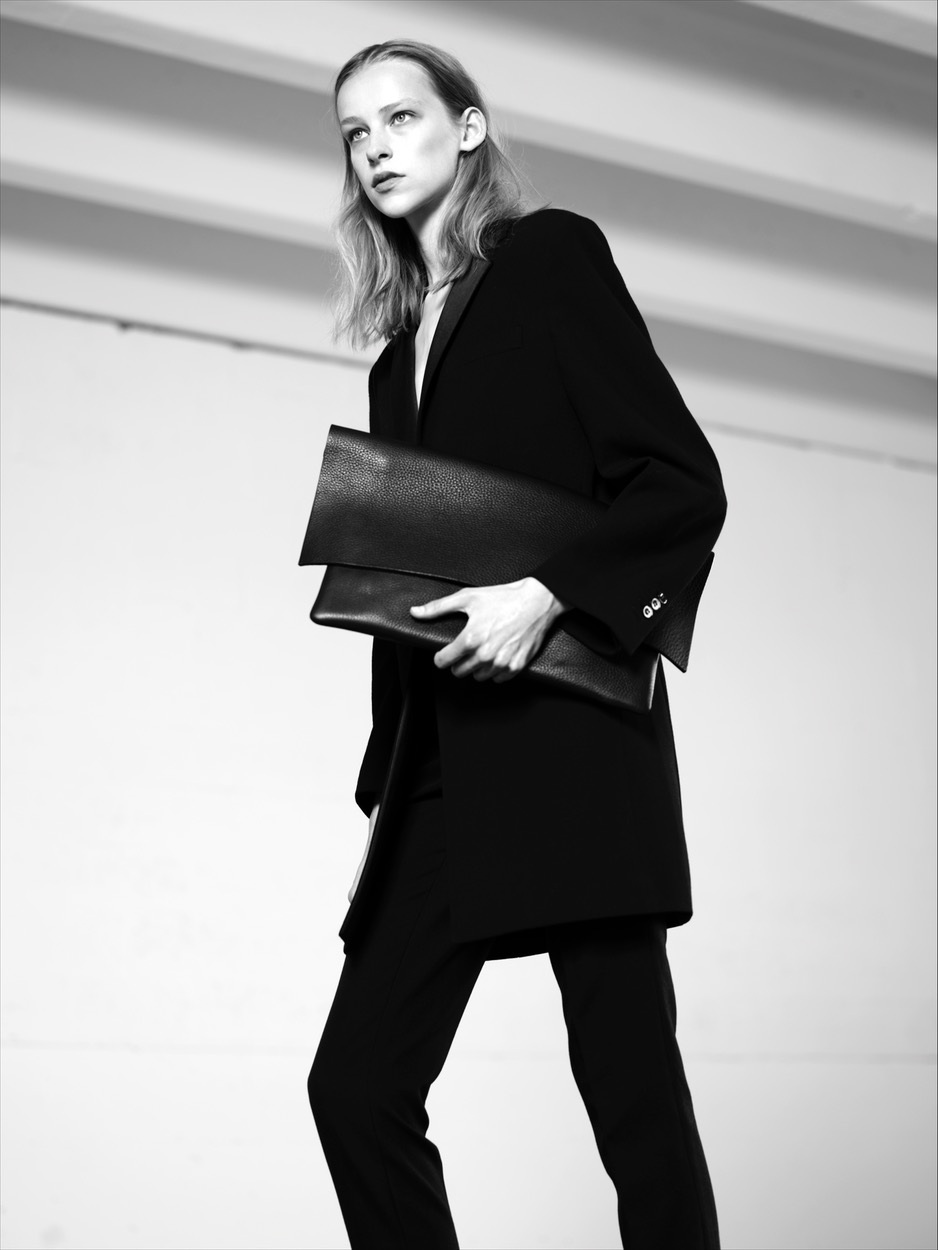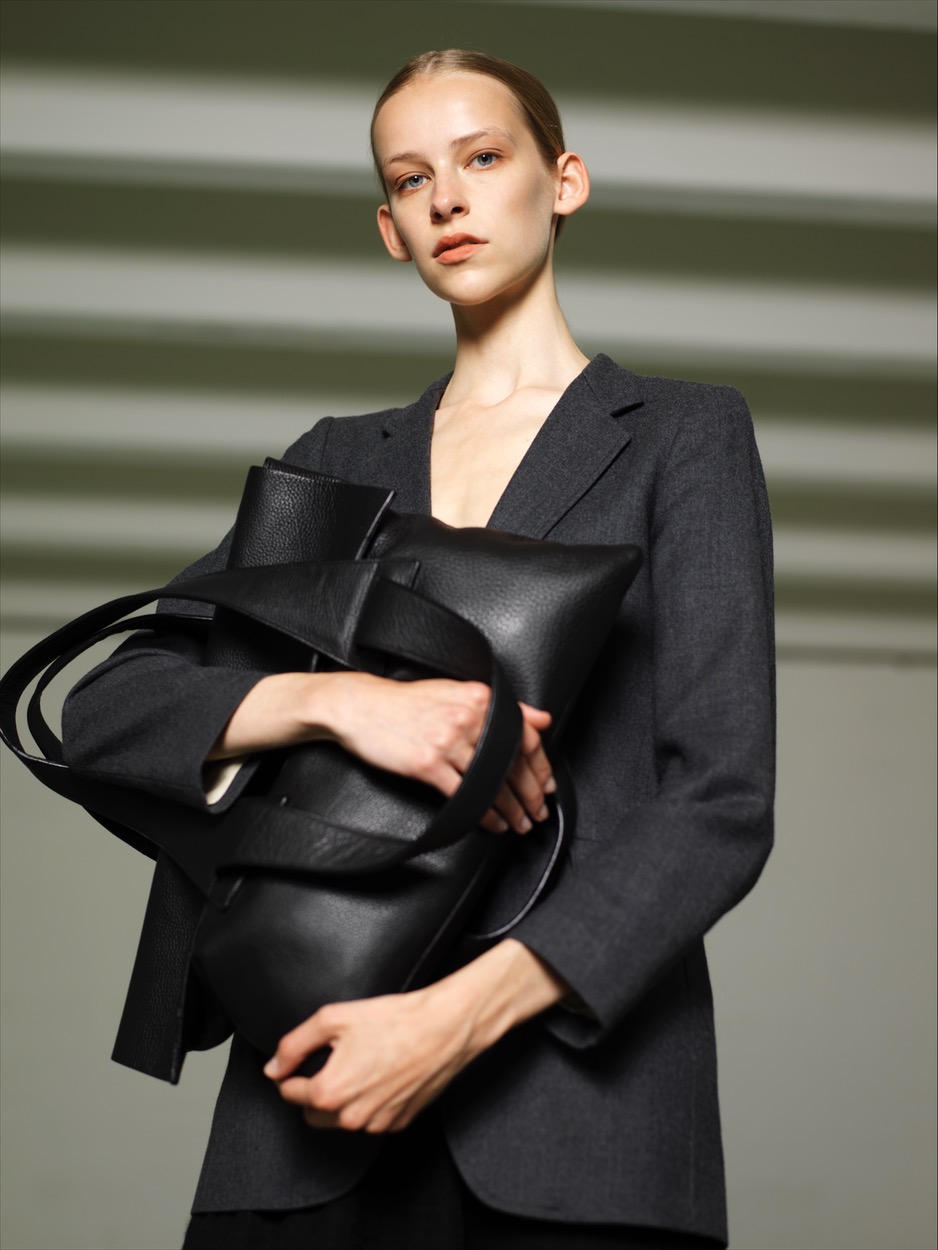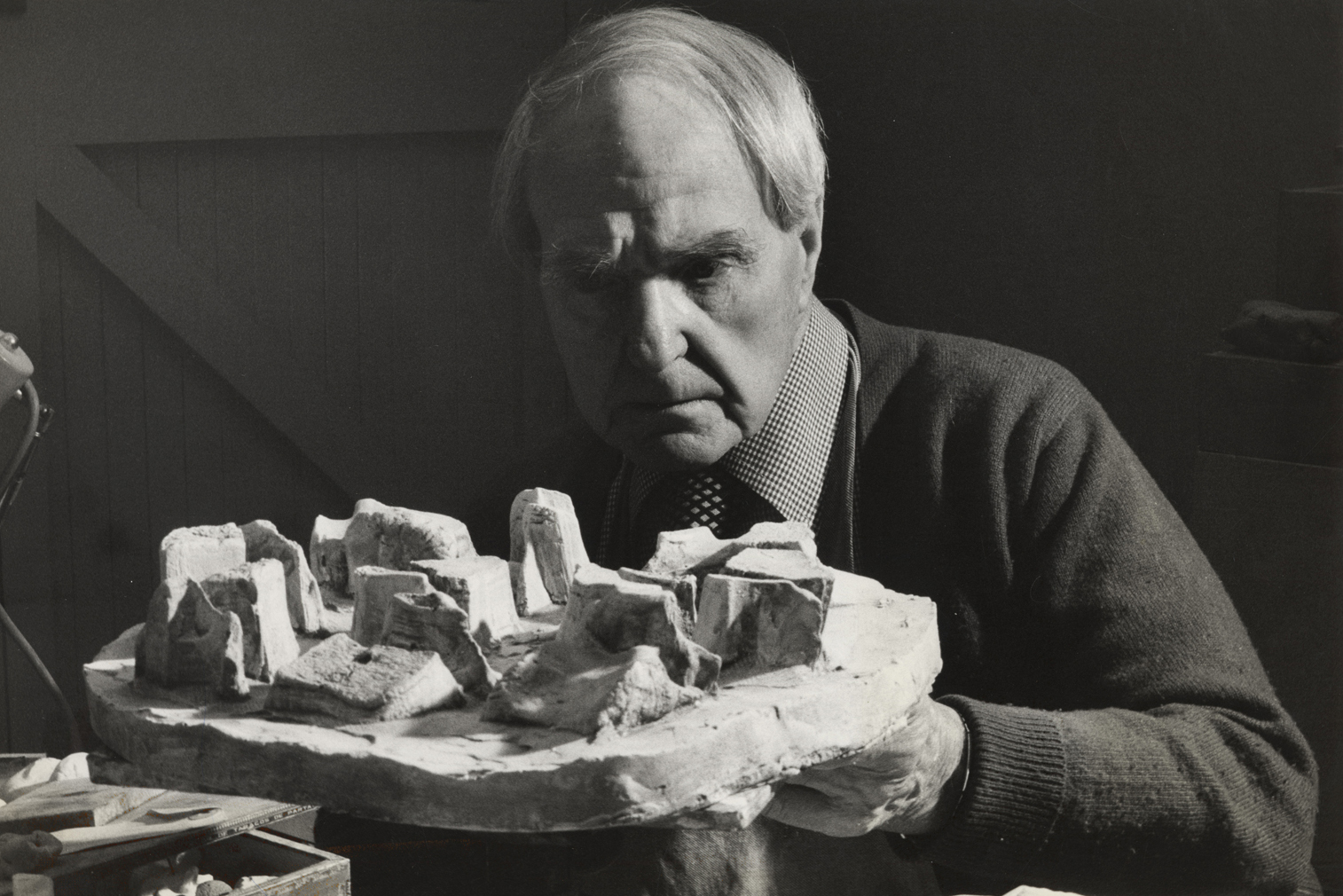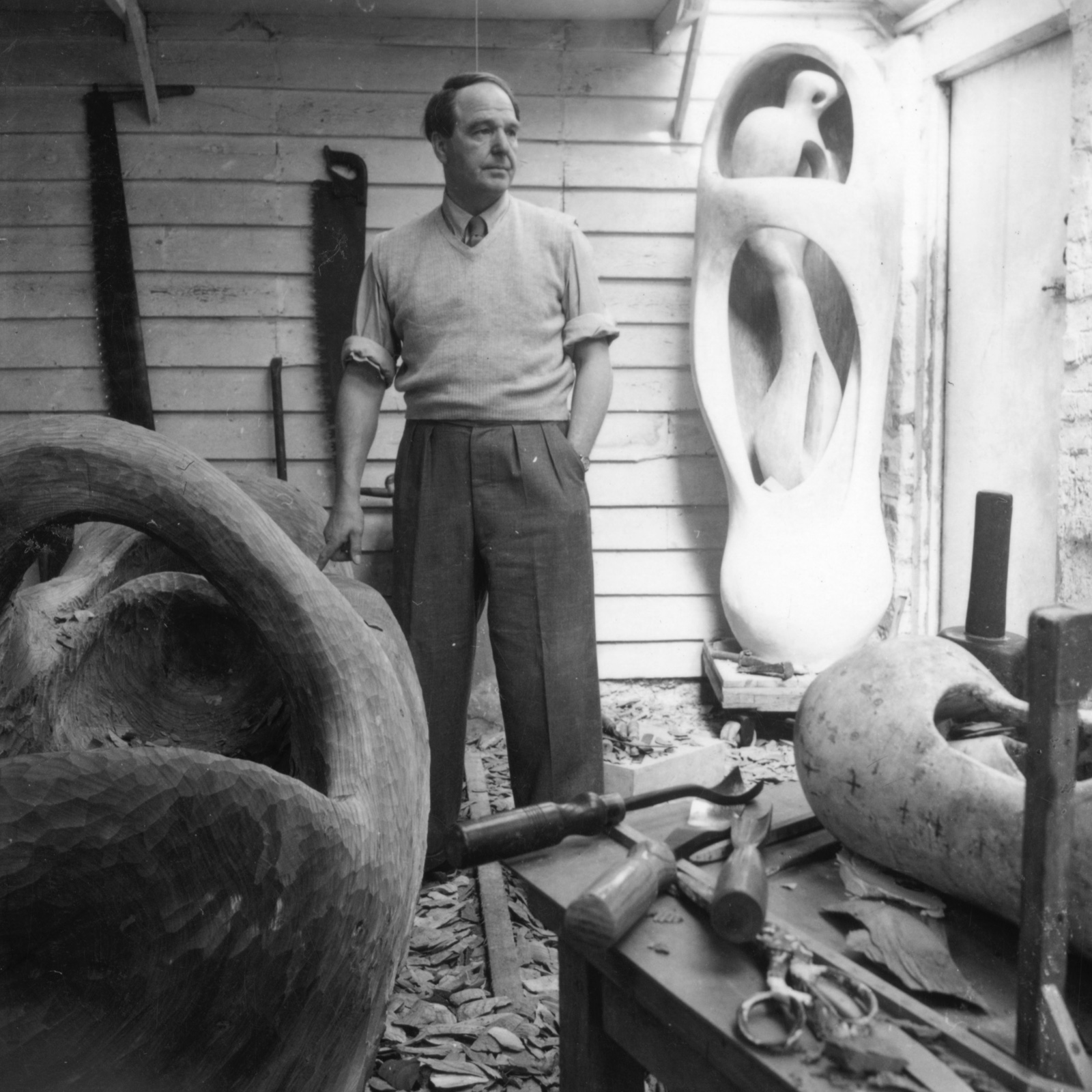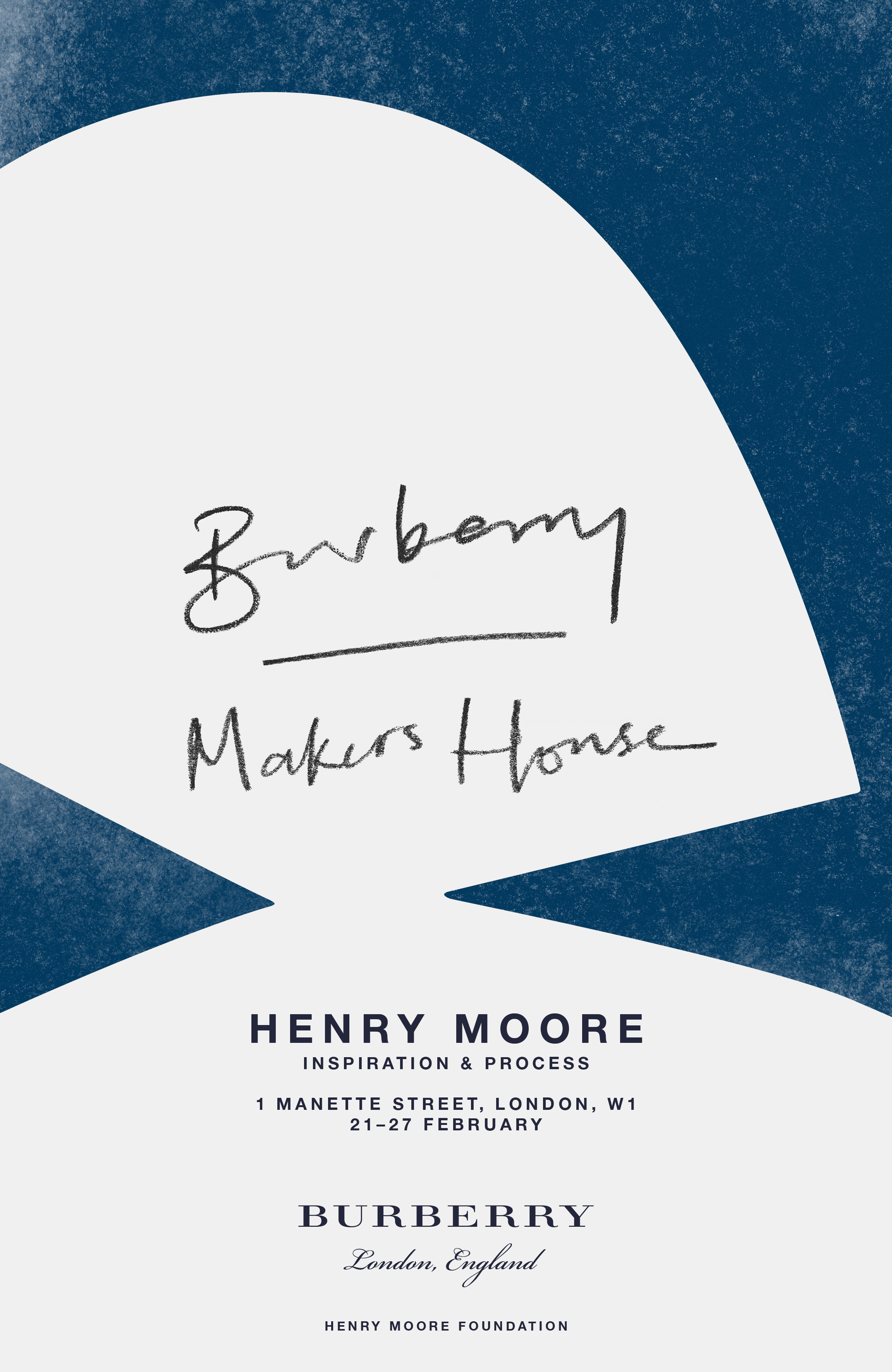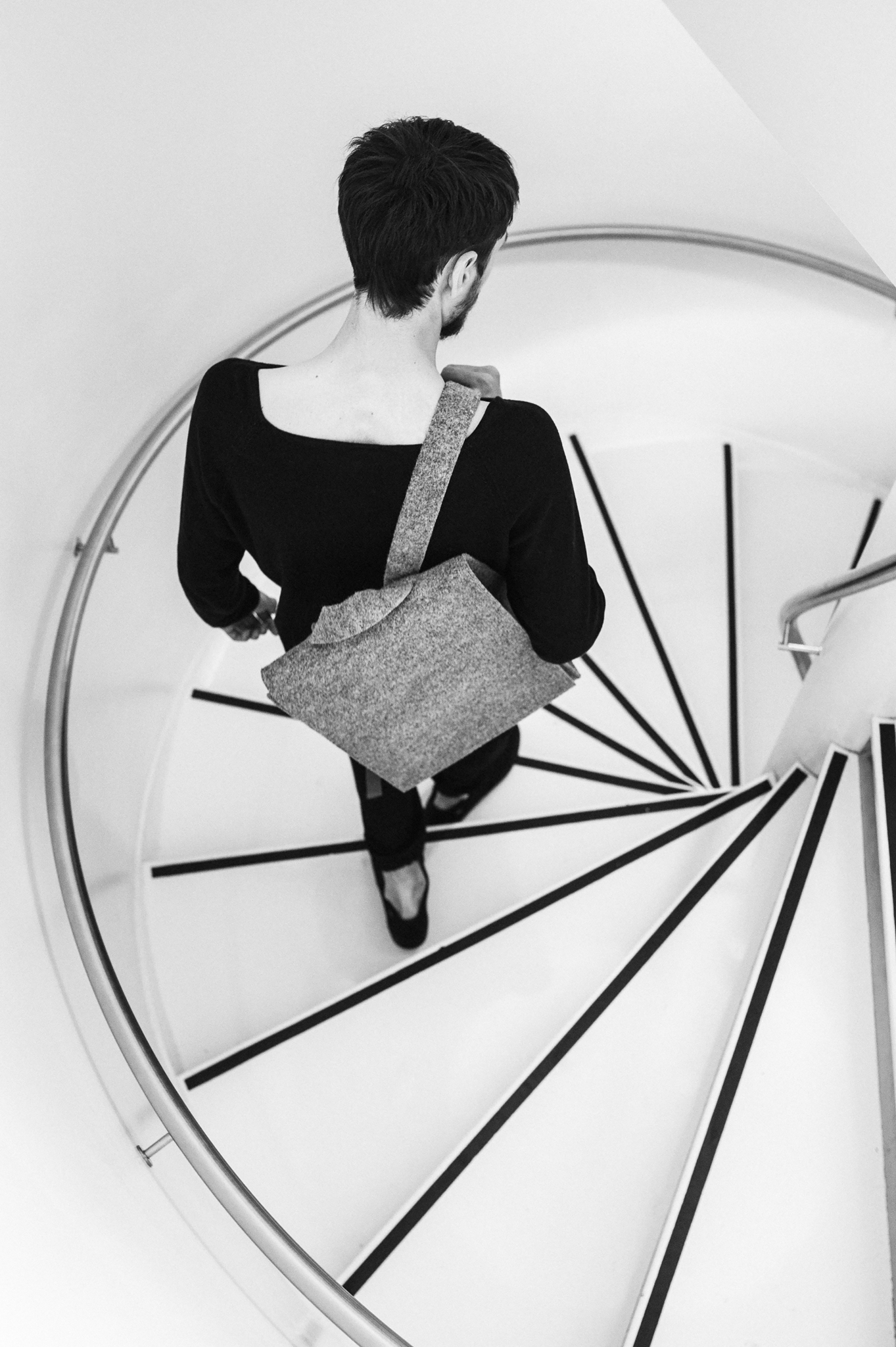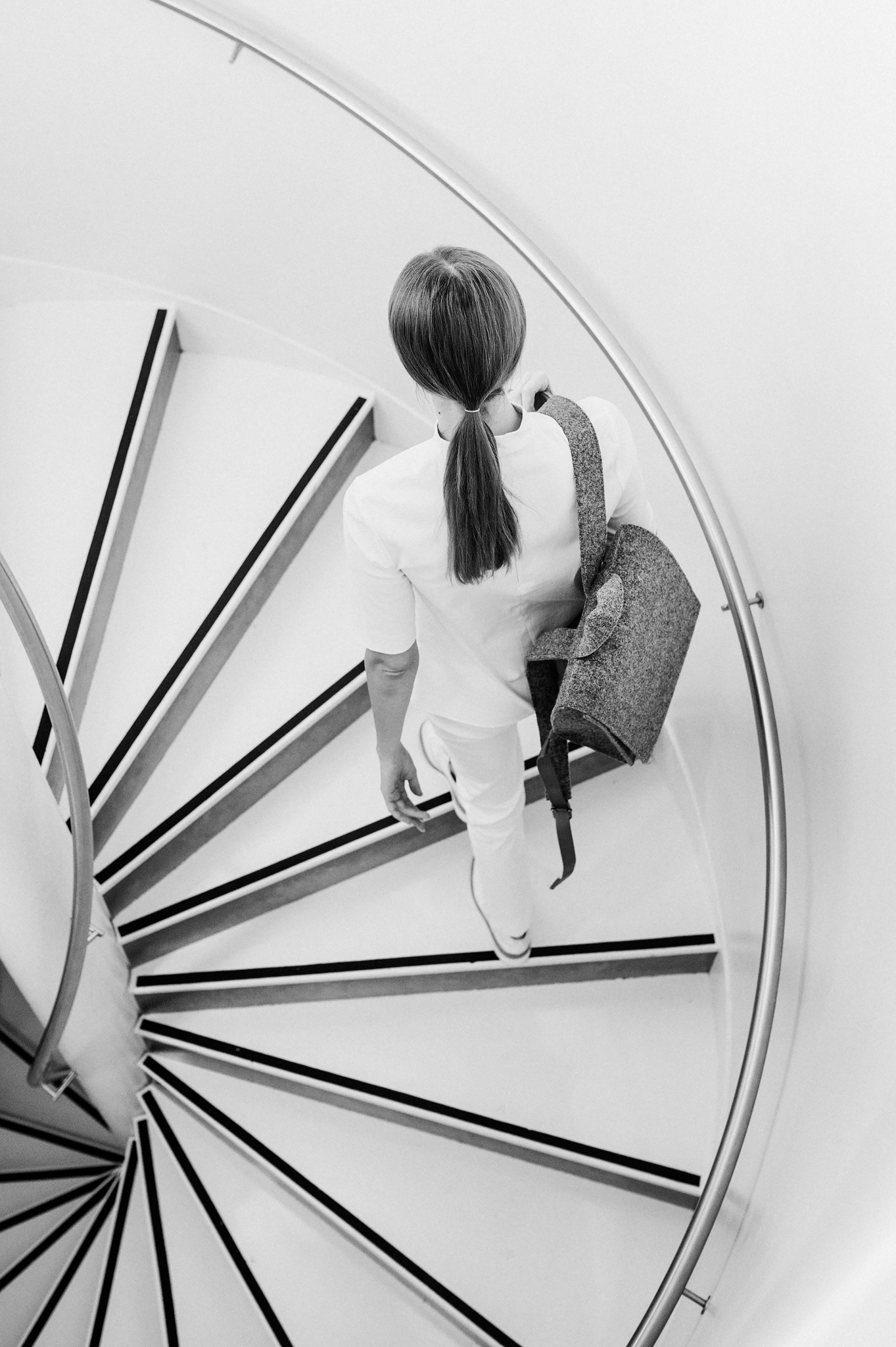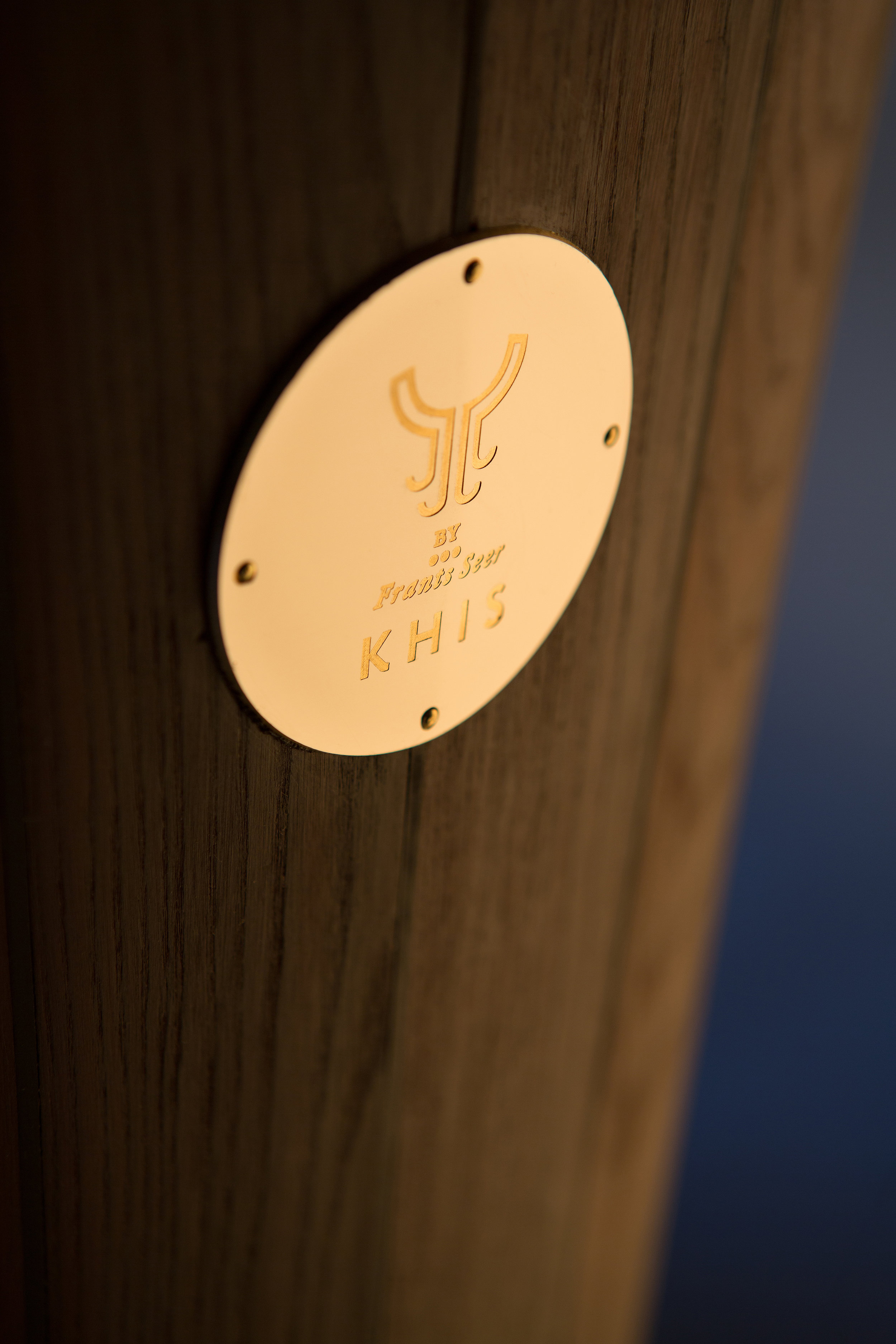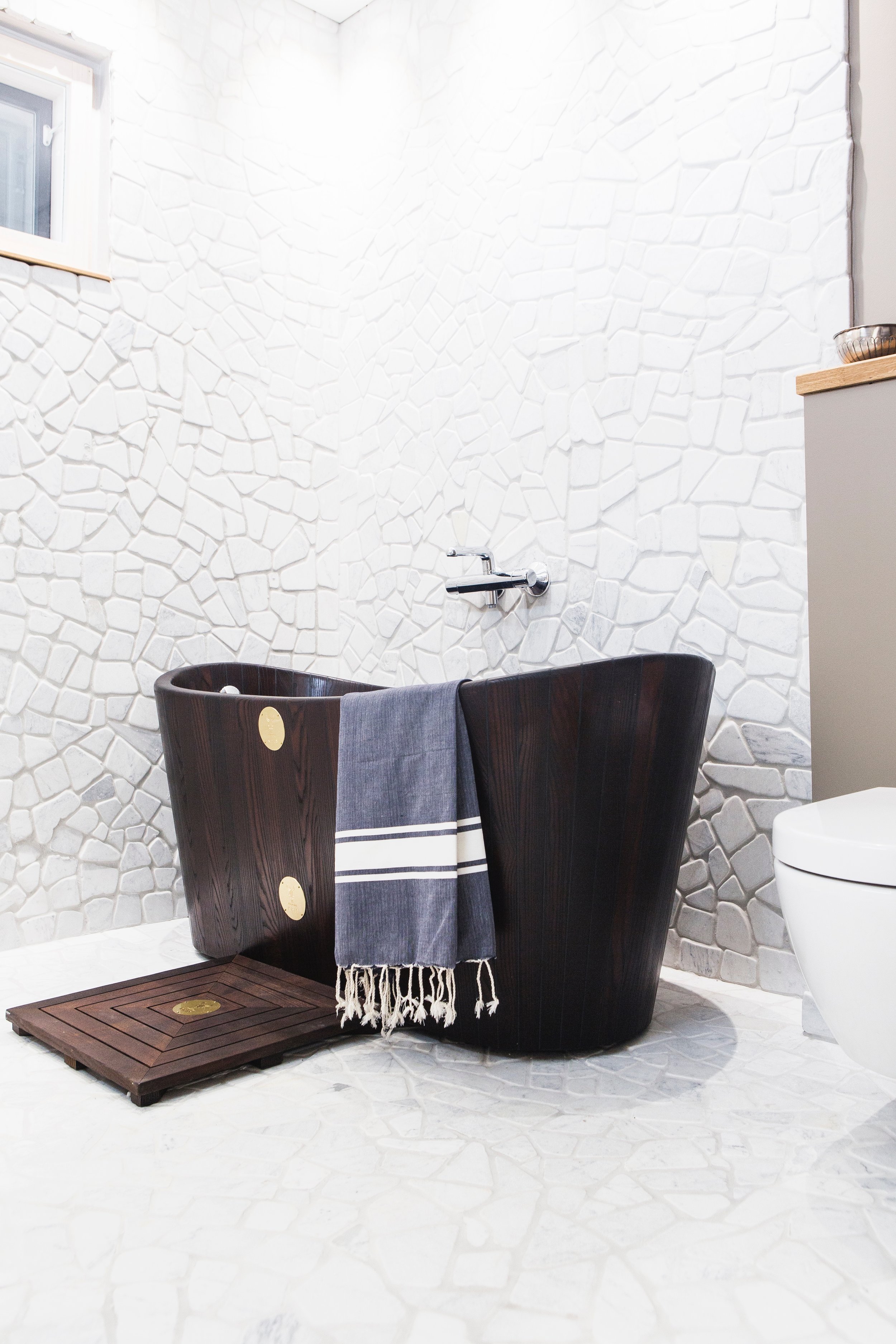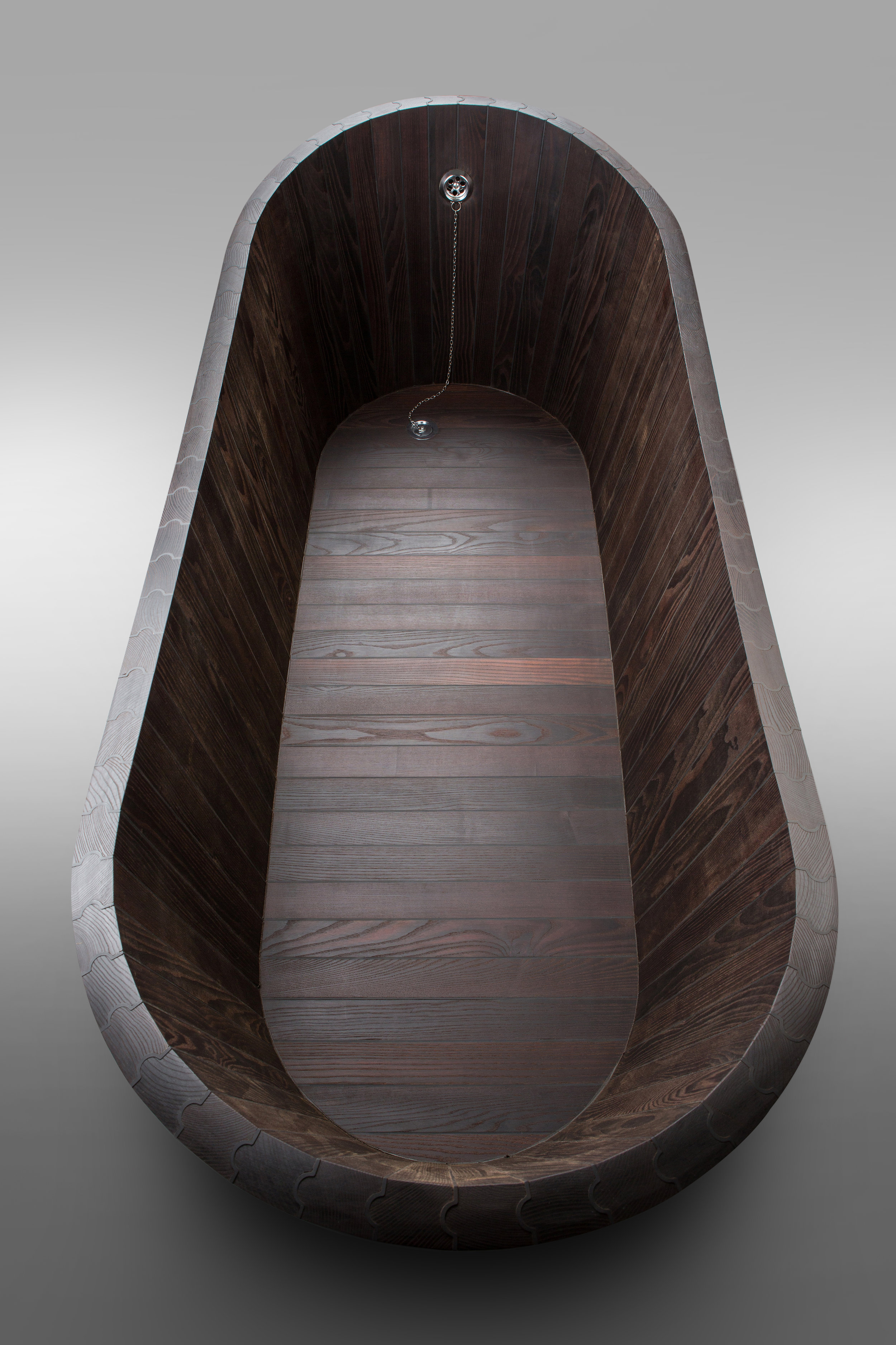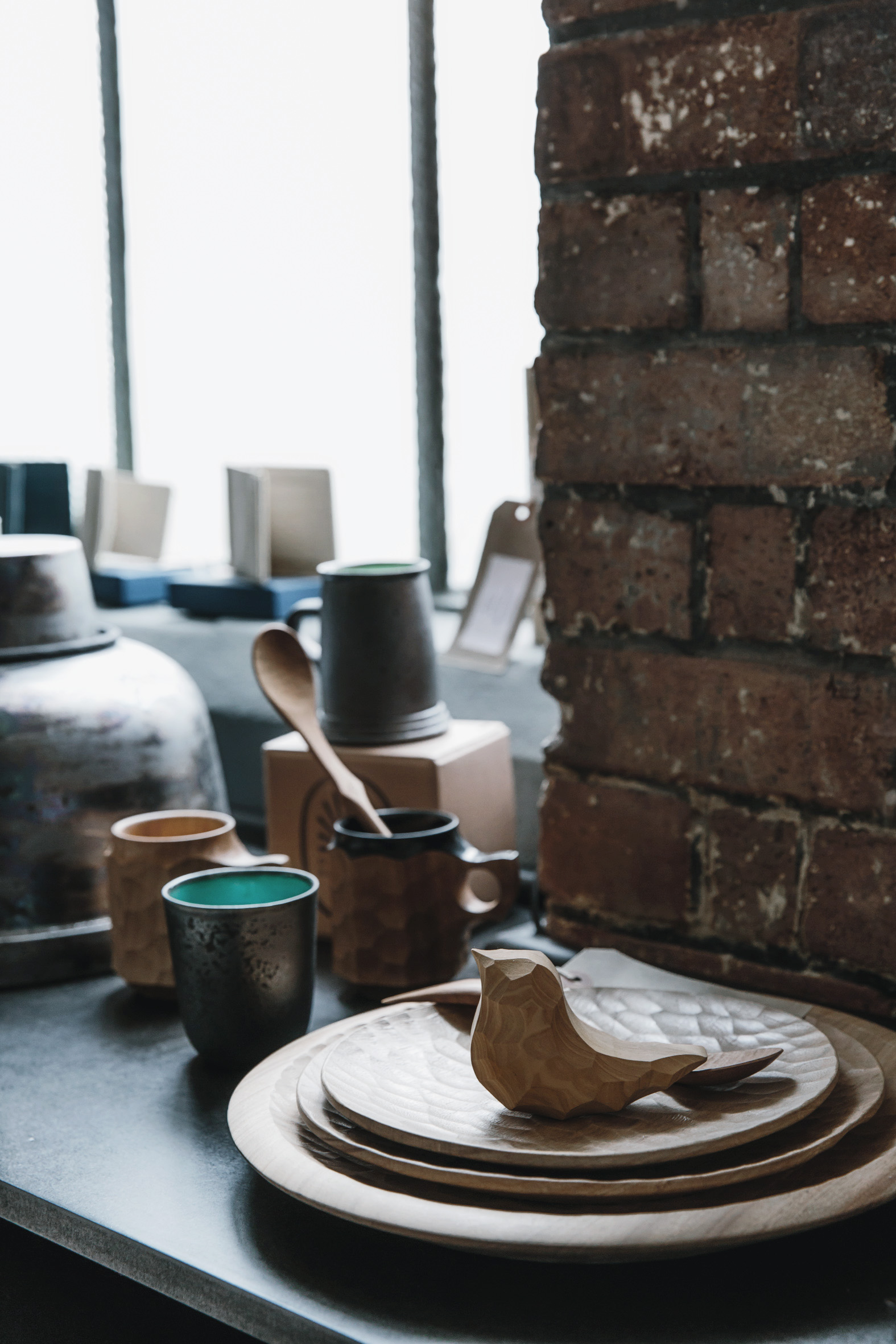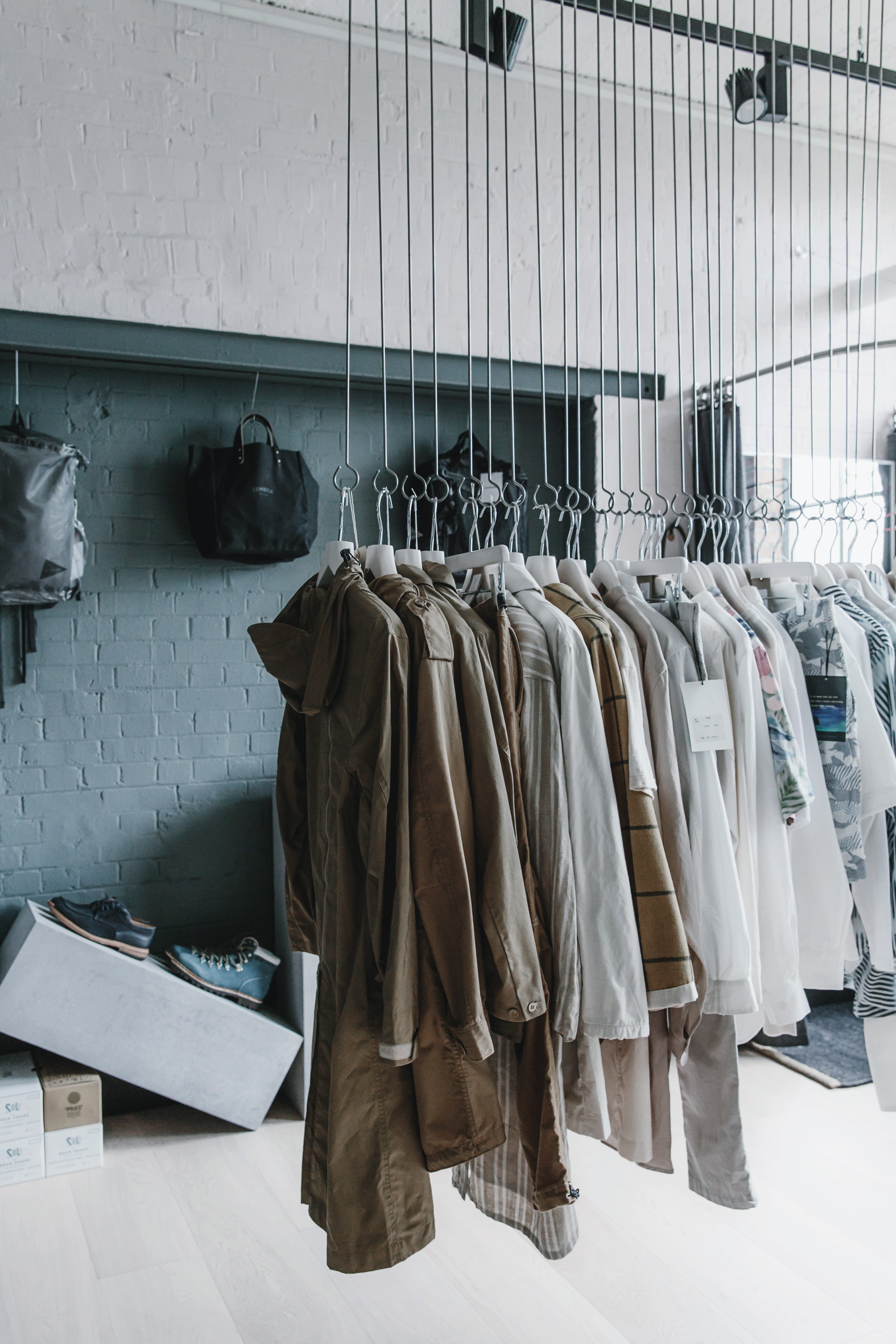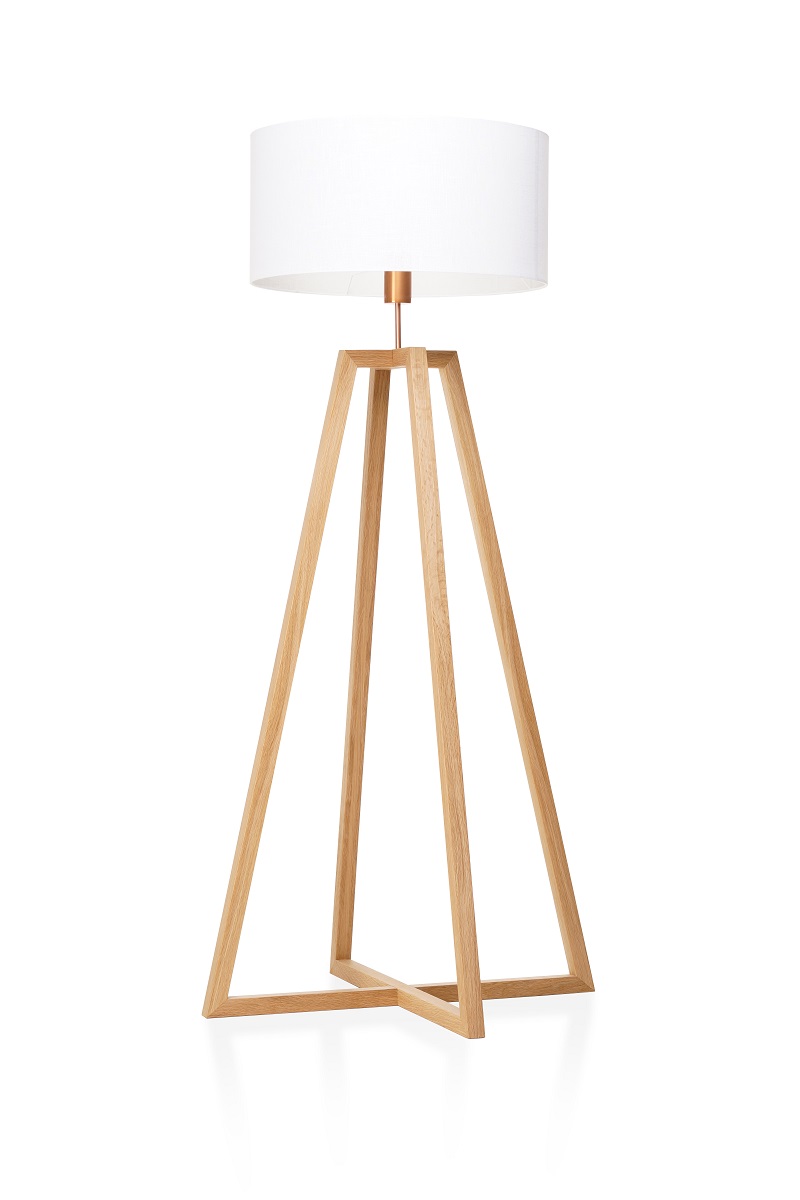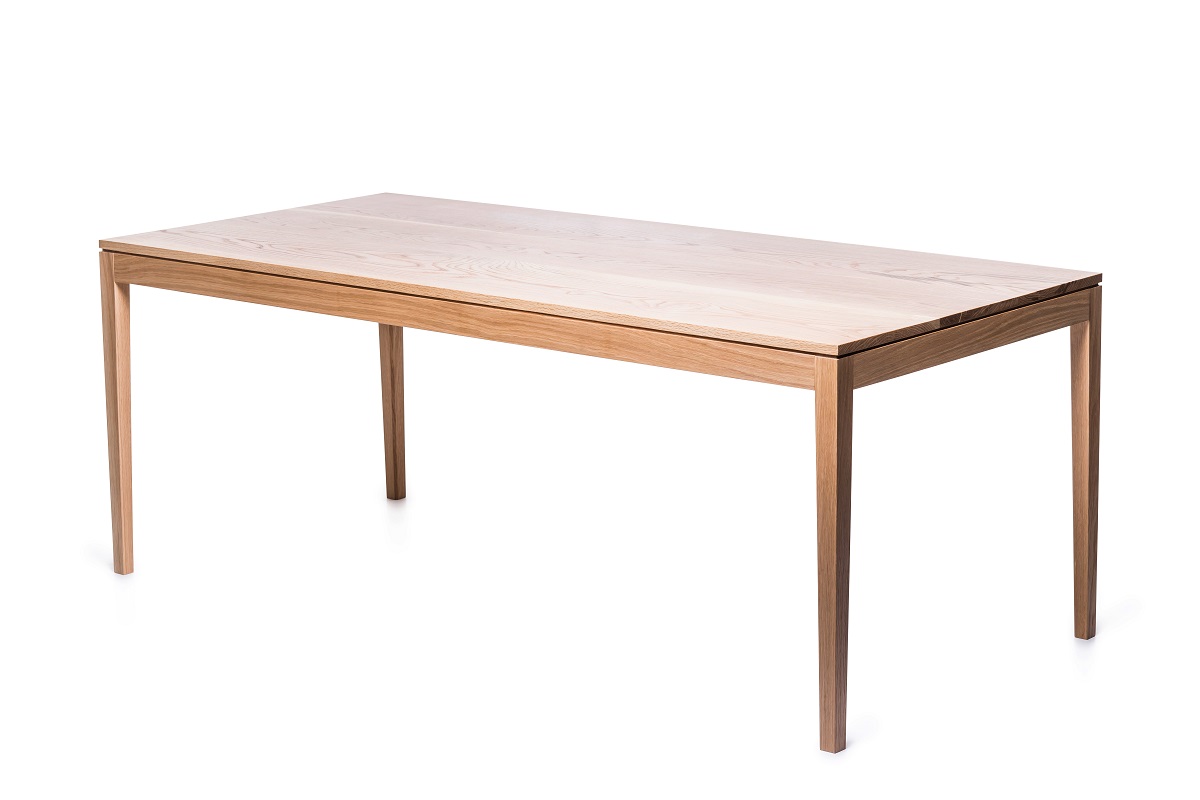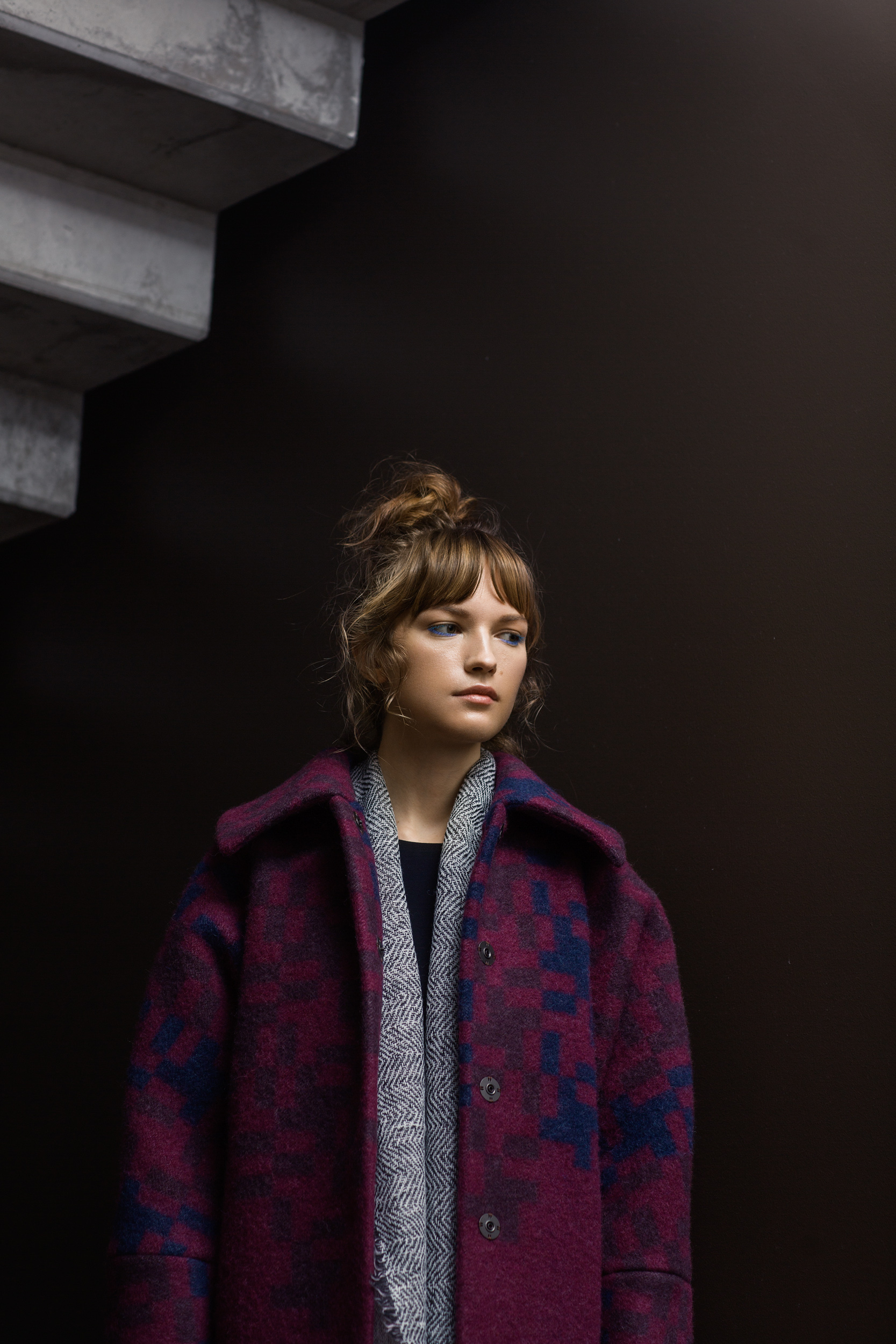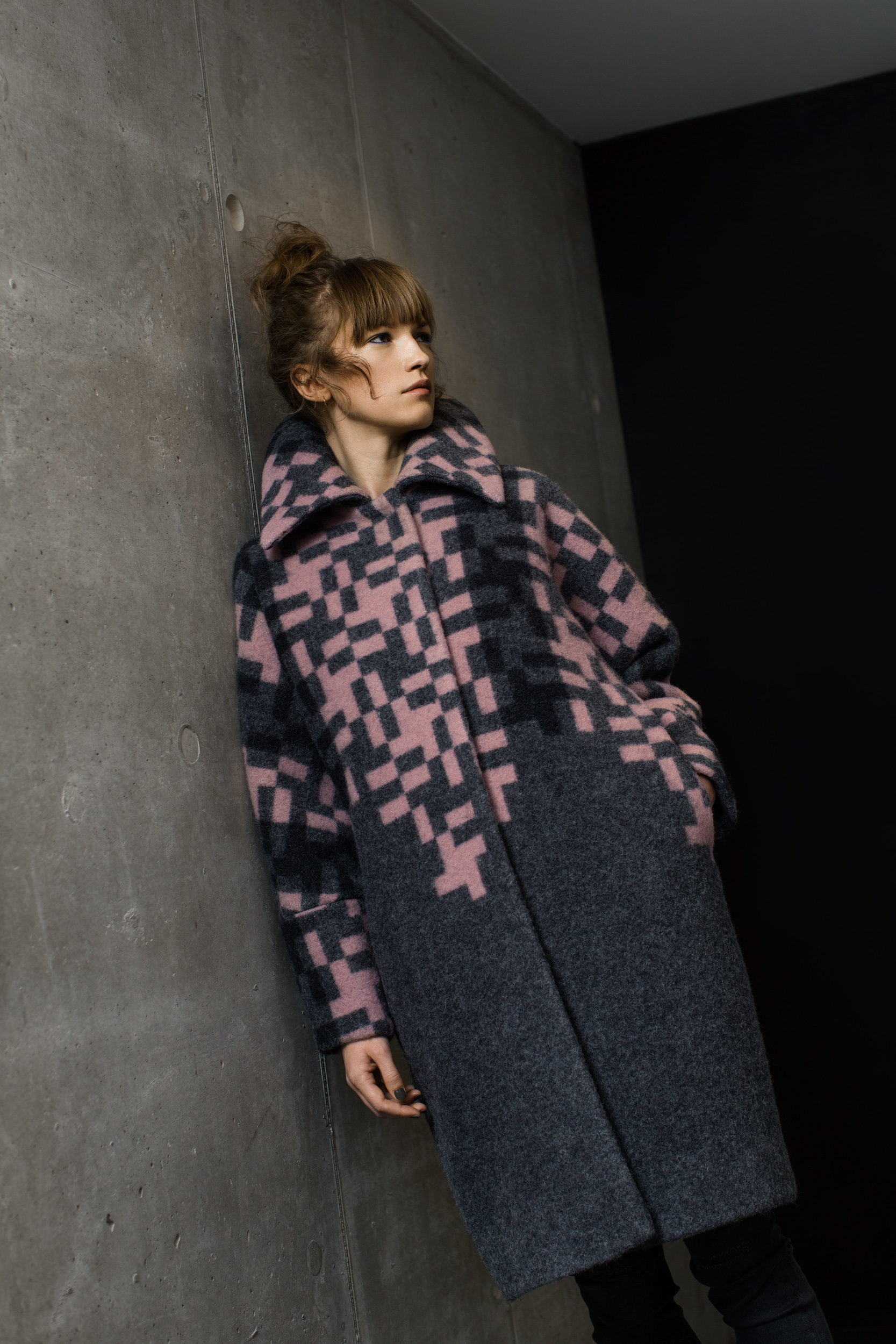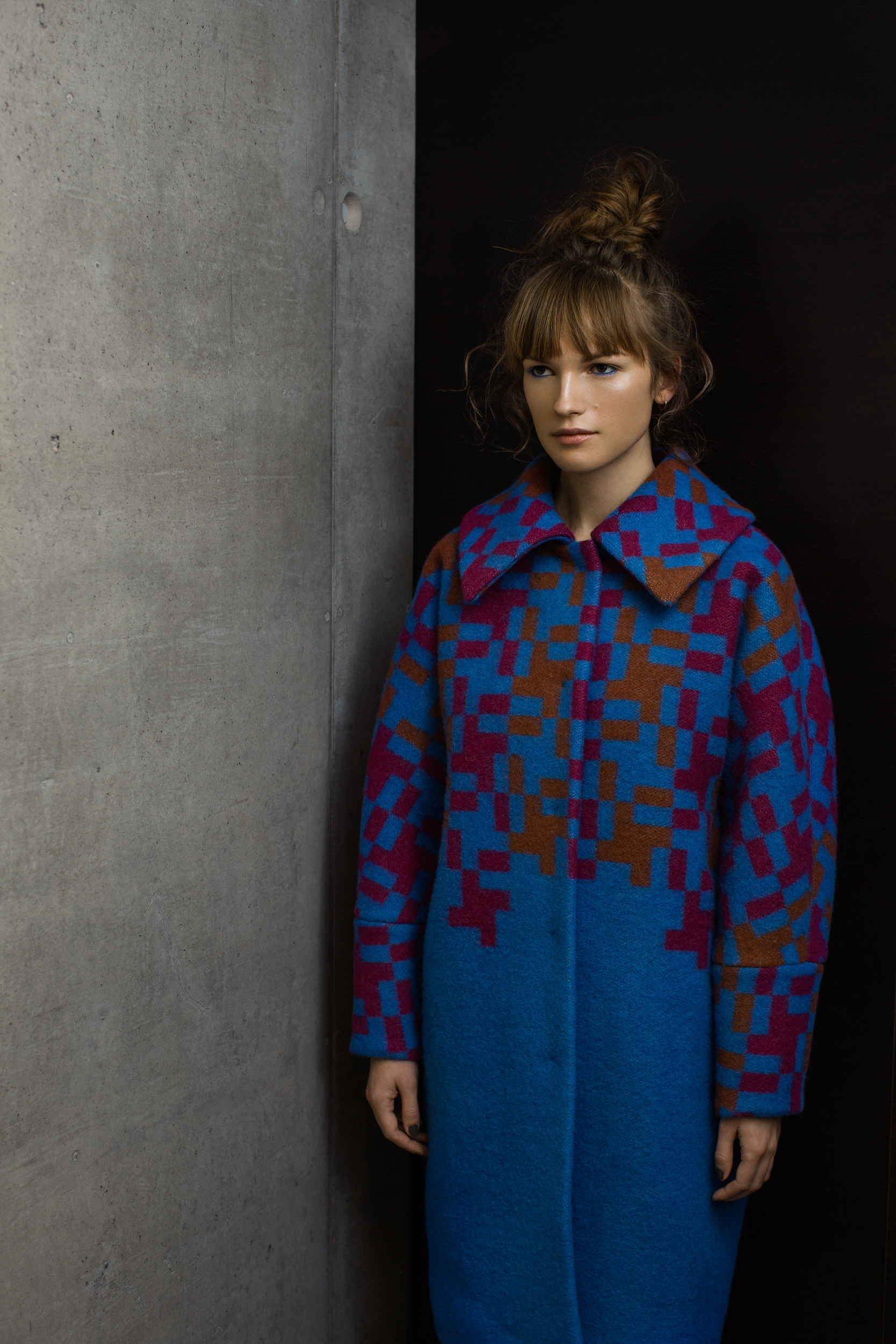Finnish NO/AN by Anna Lehmusniemi is an artisanal handbag brand boasting a purposeful, well-executed approach, whereas each bag is crafted by one single artisan throughout the process. Created as a reaction to the reckless speed of fashion industry, Nordic NO/AN believes in honest, detailed design approach and thorough, transparent craftsmanship of patiently dreamed up bags from start to the finish. The collection’s trademark matte, muted colour palette, as well as sharp graphic and geometrical lines, recalling Nordic landscape and architecture, allured us immediately. One true meticulous, quality fashion staple worth having this soon approaching spring season, that's a NO/AN bag.
NO/AN SS17.
What were the key concerns regarding the fast fashion industry that turned into values you embrace with NO/AN?
The key concern is the overconsumption of things that do not last and are not needed. If a T-shirt costs £4,99 and a pair of jeans £12,99, there is clearly something wrong. It indicates the quality is not good and the artisans haven't been decently paid for their work. Fashion productions are also often far bigger than the demand, and so much goes to waste, or is finally sold at a very low price. As a designer, I also feel that it is important to give the design process the time it needs to create a product that is resilient. When it comes to fast fashion, this route is not the objective.
NO/AN’s values are built on honesty and sustainability. I want to create bags that can last for a long time, both quality and design wise. For me it is also very important to work with ateliers and suppliers that care about their employees, who are paid fairly.
What's the most unique thing about NO/AN we need to know now?
The most unique thing is that every bag is made by one artisan from the beginning to the end. The bags are also signed by the artisans who made them. For me this is luxury.
"As a designer, I also feel that it is important to give the design process the time it needs to create a product that is resilient. When it comes to fast fashion, this route is not the objective."
NO/AN SS17.
Is the leather and other materials you use ethically sourced? Where do they come from?
I use natural grain leather and nickel-free metal zippers in my bags. The leather is a bi-product of the meat industry, and it comes from a Portuguese tannery that prioritises environmental preservation. The zippers are made by the Swiss brand RIRI, which are partly made in Switzerland and partly in Italy. I know both suppliers well.
What's your opinion about the fashion industry turning a degree closer to transparency and honesty? What could still be done differently?
It is clearly a growing trend and I think it is great. If the brands have nothing to hide, it should not be an issue to be open about where they produce and source the materials.
Sustainability and transparency can easily sound like something boring. I think some transparent brands could focus more on the image and to create an interesting, story-telling world around their products. For example, Everlane has executed it very well.
How do your Finnish roots pair with the aesthetics of the brand? Do you feel geography has influenced your art direction in any meaningful way?
Even though I have been living abroad several years, my design style and personal taste is still very much inspired by my Finnish roots. Actually, I think that the more I stay away from Finland, the more I take inspiration from Finland and appreciate Finnish design. Finnish design is often very minimal, but still not entirely boring. These are the same characteristics I want to communicate with my bags and NO/AN's art direction.
"Sustainability and transparency can easily sound like something boring. I think some transparent brands could focus more on the image and to create an interesting, story-telling world around their products."
NO/AN SS17.
The branding of fashion will possibly always be more fast paced — we need new images for products every season, if not more frequently. It's all production, all waste. How could this advertising process be perhaps slowed down — I would bring forward more seasonless campaign images, etc? What's your take on that?
Since I do not work with fashion seasons, I also aim to have seasonless campaigns. From NO/AN’s first shooting you cannot say directly, if it is a summer or a winter collection, because it works for both. For me brands coming up with campaigns frequently is a positive thing. It creates work for photographers, stylists, make-up artist and models. If you create digital marketing content, you do not waste materials. But if you print, it is important not to print more than needed.
I think it is important to refresh the image of a brand and collection every once in a while, even though it is a slow fashion brand. A sustainable brand does not have to be boring.
Shop here:



